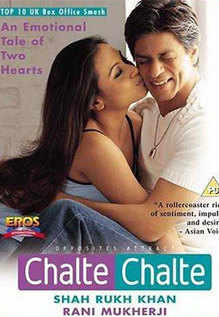

Anyhow, since I mentioned Vyjayanthimala I might well continue the story of Raj and his women. But the only Radha I can think of in reference to his movies is that of Vyjayanthimala’s character in Sangam. So either I missed a reference or Wikipedia is wrong. Here are the posters for the three movies!Īccording to Wikipedia the reference of Amar Prem is in the mention of Radha Krishna in the song. (But tell me Radha, will we be together or not?) Next are mentions of movies in a single line, like the already mentioned Awara, but there are three more Anari (1959), Amar Prem (1948) (though I have to admit I as of yet don’t see in reference, correct me in the comments) and Sangam (1964). (So simple it stays in your mind and is a classic love song because of it!) The film was an international hit, making Raj and Nargis stars around the world for those who saw the film (especially in Russia where they even went on tours to). studios, which he produced and directed himself with Nargis as his heroine. Raj’s first movie under his banner of R.K. The song starts with the echo ‘ Awara Hoon‘ from the title song of the movie Awara from 1951. They were the original Jodi (pair) of Indian Cinema that has only been compared to Shahrukh and Kajol in the amount of electric chemistry on screen, which is what makes the two modern screen pair emulating the old original so much more spectacular. Nargis and Raj shared everything for the decade they worked and loved together. Raj was already married to his wife Krishna when he met Nargis who had been working in film since 1943. The two of them would be in 16 movies together, while having a public affair that lasted for a good decade until Nargis met Sunil Dutt. Then there is the other half of the pair in Nargis whom Kajol emulates, wearing the white sari which became a trademark of Raj’s heroines throughout his movies. The man who Shahrukh emulates in the first section of the song. So as independence came films had a socialist awakening as the first needs were to be for the people, and the man who caught the air of the times and made one classic film after another was Raj Kapoor. Films were made in India even before independence in 1947, but they were movies that were very much Western in their look, though with an Indian heart as long as the British didn’t catch on the messages sent.


We start in the 1950’s. A time in Indian film history where many of its now well known and loved clichés were formed, along with the way films were made and the stories that were to be told.


 0 kommentar(er)
0 kommentar(er)
